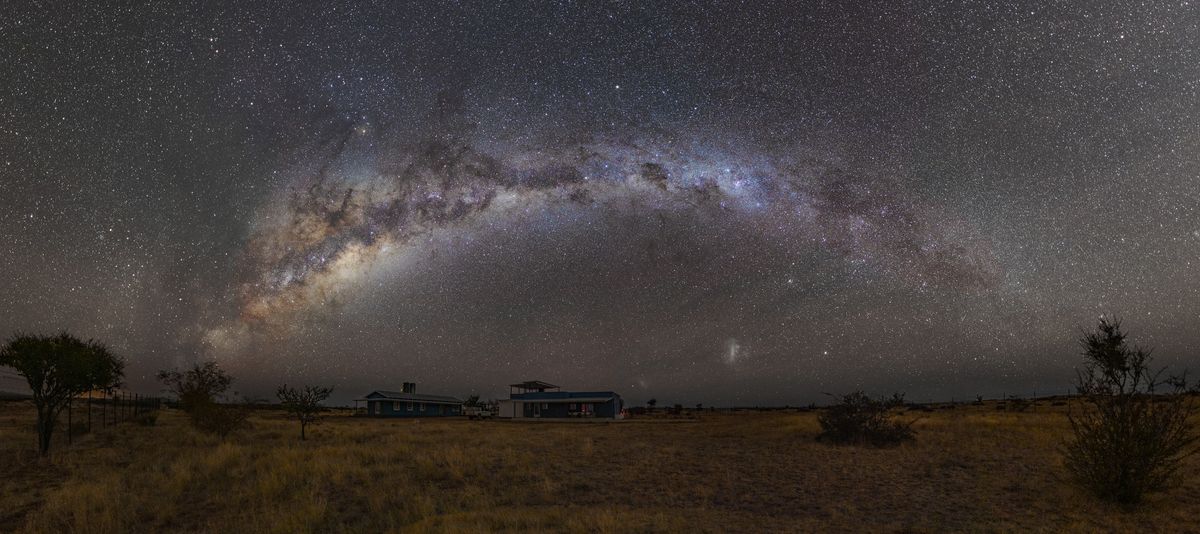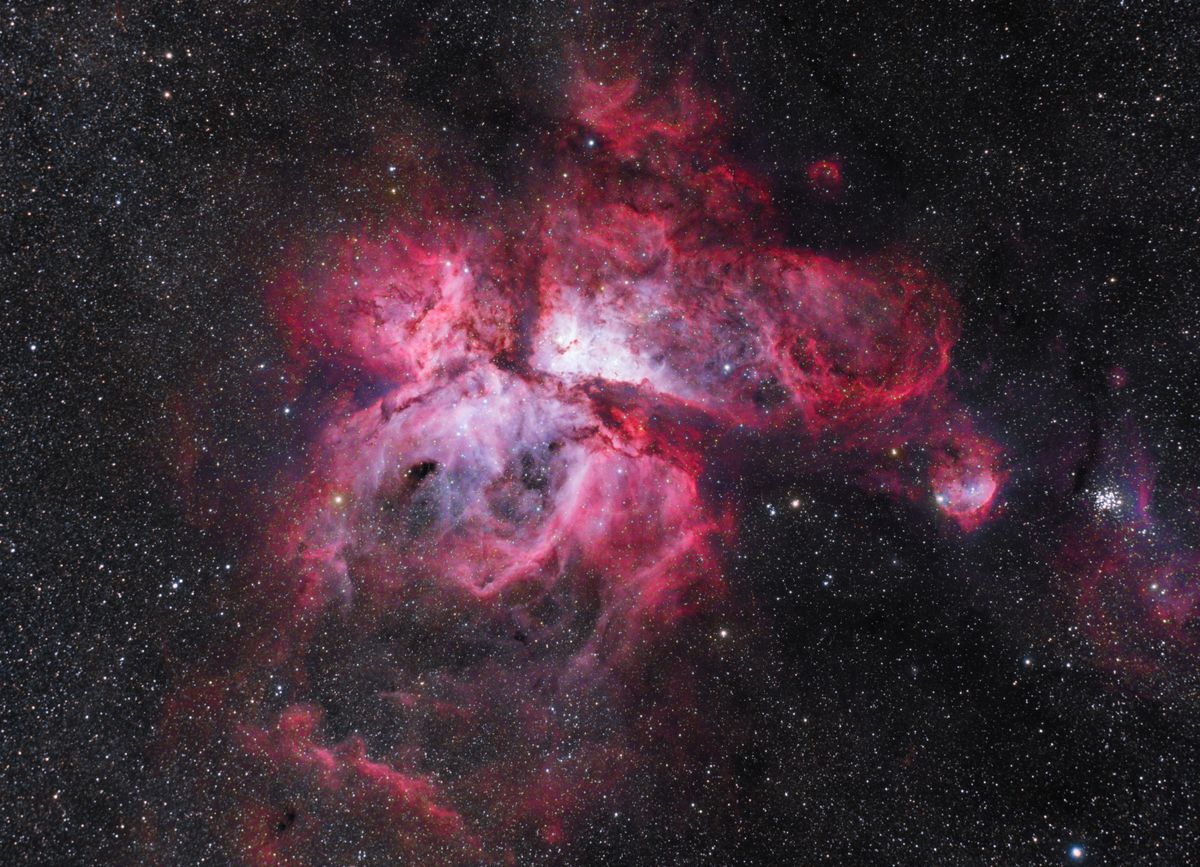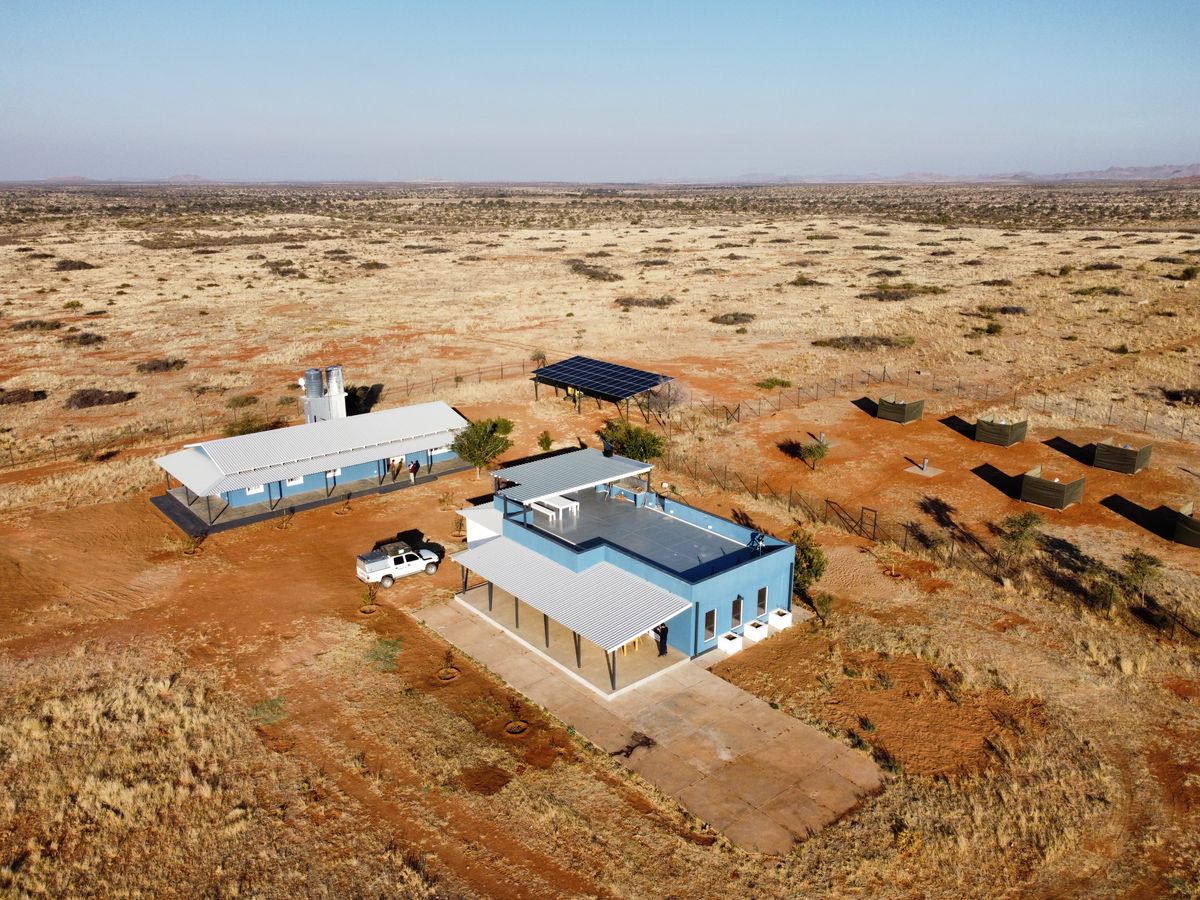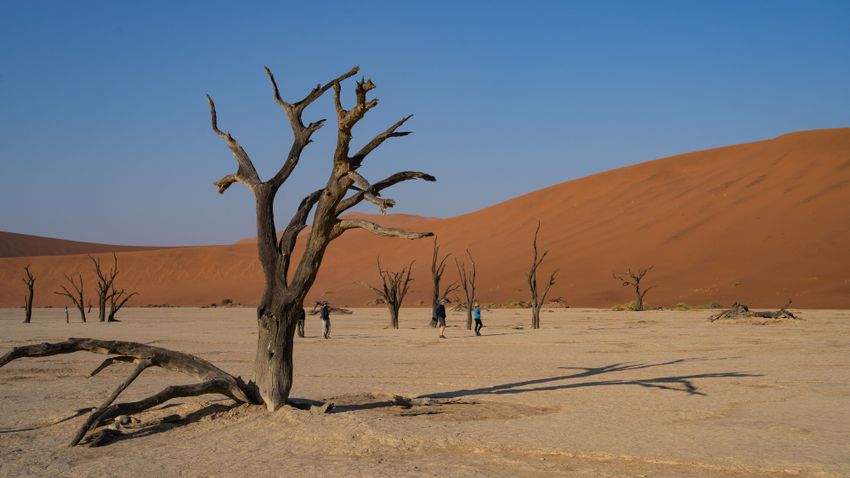Even as a simple tourist, the mountains of Namibia can be fascinating, where you can find Bushman drawings preserved in several places, or the northern part, where you can learn about the Himba tribe. A member of the VEGA Astronomical Society in Zalaegerszeg, the epidemic disrupted his calculations, and this was the only reason for the delay. The young man, who works as a civil engineer, has been a member of the Hungarian Astrophotographer Society for five years and traveled to Africa with four other companions. Why is the southern hemisphere so attractive to them? Because we are from Europe we only see half of the sky, and we definitely have to travel south to be able to study things we only see in books and on the Internet. Apart from Namibia, Australia and Chile are popular destinations for astronomers.
– We chose this date because it is their winter, i.e. the dry season. This means that there is less unbearable heat, the weather is more predictable, there are fewer clouds, and the sky is clearer. With them, in the summer, that is, in the December calendar, the savannas are filled with life, lakes and rivers swell. We stayed at a place called Decca Station, which is a military radio station on the banks of the Isapis River. Our host renovated the station, which was comfortable and modern accommodation. The landscape is very diverse, being a half hour drive mountainous in one direction and almost desert in the other. For example, I was able to capture sand dunes in a choppy river with cut trees, it was really a lot of fun. The pristine nature is charming not only because of the experience, but also because the conditions are perfect for astrophotography. It got dark very quickly, and the sun set about six o’clock. We filmed almost every night.

Photos: Zsolt Agostón
Zsolt arrived with tools he’d already had for a few years, leaving nothing to chance. According to him, the landscape is incredible even during the day, so different from ours, but the real miracle, the breathtaking view, was at night. The young man from Zalaegerszeg has prepared a long list of what he wants to capture.
– I was able to see many things that I had not seen before. I got emission nebulae and galaxies at the end of the lens. New clusters and shapes have been added to my collection: Southern Cross, Seneca, Carina Obvious Nebula, and Omega Centaurus. And what cannot be described is that the Milky Way galaxy rises to its zenith, the huge core of which we can see with the naked eye. An environment without light pollution, clean air and low humidity are very important to us, and this was right there, at 1,700 metres. I made a series of about twenty objects, and the work of their follow-up will certainly last a year. There were some that I recorded quickly, but there were also some that I shot for 6-7 hours.

His amateur astronomy photos can be followed in several places, in addition to his social media page, on the website of the Hungarian Astrophotographers Association and the VEGA Association, in his newspaper, and in various exhibitions. What does it mean from a professional point of view, if these assumptions appear, Zsolt answered: The first aspect is the dissemination of knowledge.
– The fact that many astronomical discoveries are due to amateur astrophotography cannot be neglected either. I would not desire such laurels, but it sure would be well if I came across something no one had ever seen before. It actually means a lot to me that I’ve been able to shoot the deep sky since 2015. You keep getting better, it took me at least a year to make passable recordings. There is no stopping as technology evolves, we also have to keep up with innovations, and this is an equally exciting challenge.

In conclusion, he added, in Namibia, he felt like he was starting from scratch. Here in Europe, he was already familiar with the sky above his head, but everything was new to him. For years, he’ll feast on the experience of spying on the magical sky from his rooftop terrace, listening to jackal calls, and watching the animal world through his binoculars. And no, he did not photograph them, the pronghorn antelopes, roaming antelopes, desert foxes, and zebras live in his memories. However, the galaxies, the Milky Way, will also be visible and interesting to others, thanks to hundreds of hours of post-production.












































